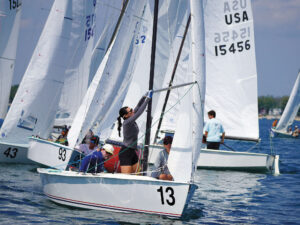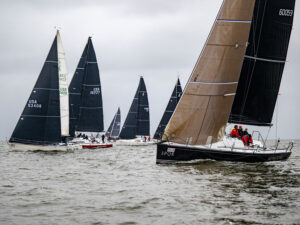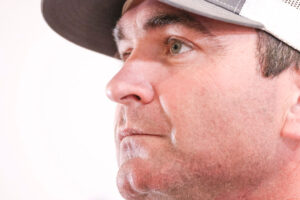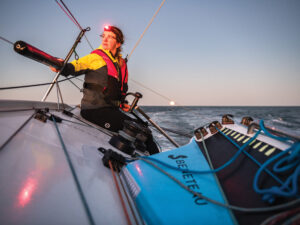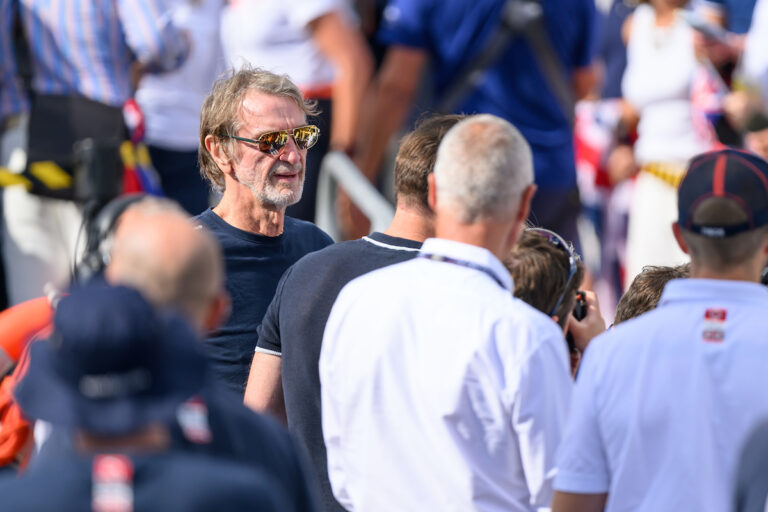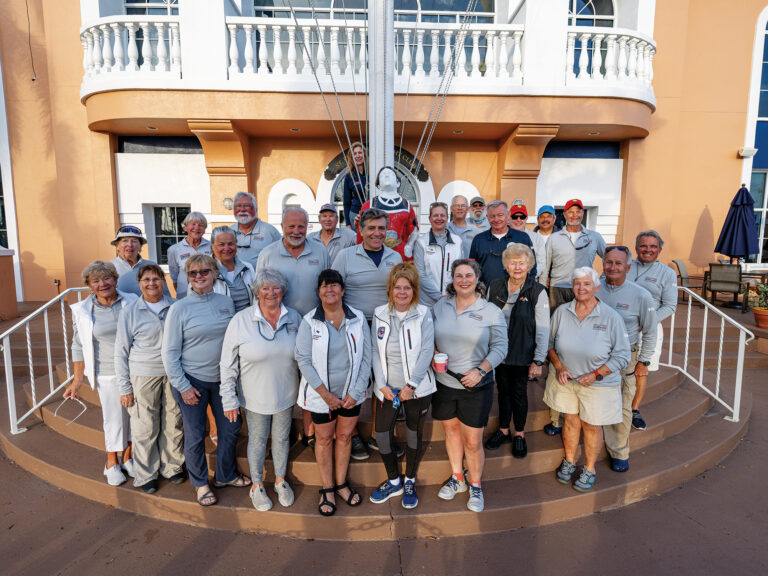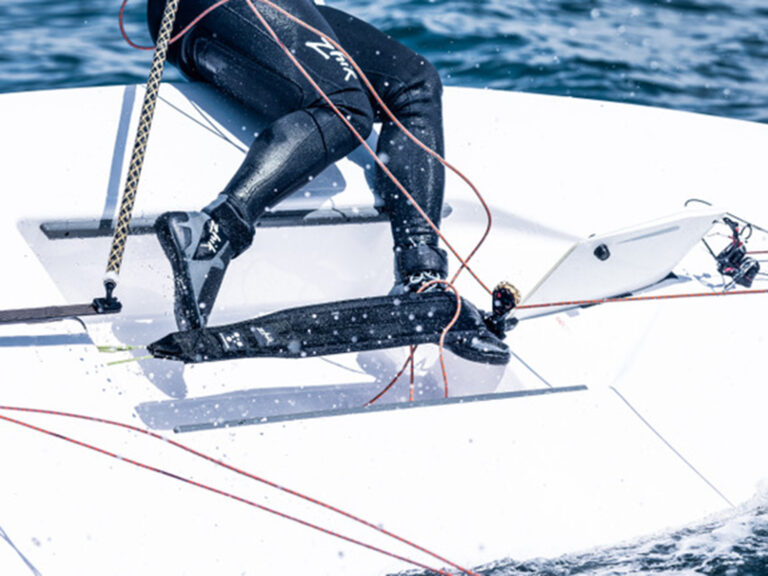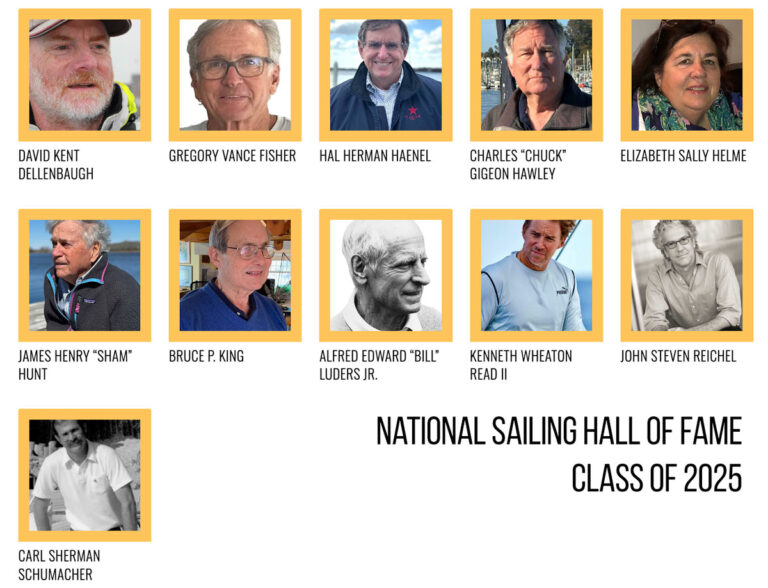Let’s say there are 2,000 people in the United States who live, breath, and sleep one-design class and fleet leadership. That’s my guess after spending a day, two weekends back, with more than 100 similarly obsessed one-designers mostly from just one region-the mid-Atlantic; they all appeared at the US SAILING One-Design Symposium, in Annapolis, Md., joining me and other presenters to brainstorm about how to make one-design sailing thrive. After an eight-hour immersion, I was just getting started. My part was to present the early results of this year’s one-design survey, a US SAILING/Sailing World collaboration I work on every fall with Lee Parks. (And this year, also, Bob Merrick of the Hobie class and Clark Chapin of the Interlake class.) So far 74 classes have given us their membership numbers for the year, and we’ve accounted for about 29,000 class members. The top five classes were 1. Optimist (2950) 2. Lightning (2529) 3. Laser (2400) 4. Club 420 (1850) 5. Thistle (1754). We’re still planning to bang away and try to get another dozen or more to give us their stats before we publish full results in December. A few of the bigger missing classes are the Catalina 22, Beetle Cat, Sonar, S2 7.9, and Tartan Ten. (For last year’s survey: www.sailingworld.com/article.jsp?ID=36916&typeID=419&catID=0&exclude= ) During the day, I took part in a variety of workshops: one on newsletters with Carol Cronin, a Yngling Olympian and newsletter editor for the J/109 and J/105 classes; a website discussion with former 505 class president Ali Meller; a race management session with Brad Davis and Jim Capron; and Greg Fisher’s boatspeed workshop. Dina Kowalyshyn’s topic was ISAF measurement and class equipment control, and it was a wakeup call. I know, it sounds boring as hell, but something’s going on that Dina, a naval architect, has been in the midst of as U.S. rep for half a dozen years. ISAF has created standard class rules for new one-design classes and is pushing old classes to begin to adapt to them. It’ll be a pain in the neck for them, but standardization sounds right to me. For example, why shouldn’t all sails be measured the same way? At the same time, ISAF is streamlining the actual process of getting class changes approved. A few years back, all class rules had to be approved by the ISAF Council, which is political, not technical, and classes had to wait a year to get a change OK’d. Now rule changes are made on a rolling review basis, approved by the ISAF’s equipment committee. That means a class can vote on a change in December, says Dina, submit it to the committee in January, and get it approved in February to take effect, say, in March. Probably the highlight of the day for me was the Ask The Experts panel, which was the wrap-up. Along with eight other presenters, I sat up front and answered questions from the audience. But we quickly found there were even more experts in the audience with good ideas about one-design, and the session quickly turned into a chance for everyone to share what they knew. Here’s a sampler of stimulating info and ideas I picked up: 1. Newsletters you print and mail may be making a comeback because as e-mail spam intensifies, the printed word does a better job of getting class members’ attention. 2. Classes will have to measure less at regattas in the future as ISAF rolls out an “in-house certification” program so hulls, sails, and other gear can be purchased from manufacturers with a certificate of measurement. 3. At championships, more and more classes are changing to a friendlier scoring system-if only part of the fleet finishes within the time limit, all other competitors aren’t scored DNF but instead receive a score equal to the number of finishers plus 1 or 2 points. 4. Youth sailors are the least likely one-design competitors to apply sunscreen. Spare sunscreen is as important as spare PFDs, and U.V. ratings should be posted along with our wind and weather reports. 5. “Wrinkles are your friend,” says Greg Fisher. If there aren’t any in the luff of your main, the draft may be too far forward, creating backwind and hurting your ability to point. US SAILING’s symposia on getting sailing organized better are two of the finest things that the organization does. (The other is the National Sailing Programs Symposium, this winter in Long Beach, Calif., www.ussailing.org/training/nsps/2006/index.htm) The quality of the people brought together is exceptional, and the number of ideas they have to share is always stimulating. As with our Ask The Experts session, the best stuff you learn is from the people sitting next to you in the audience.
